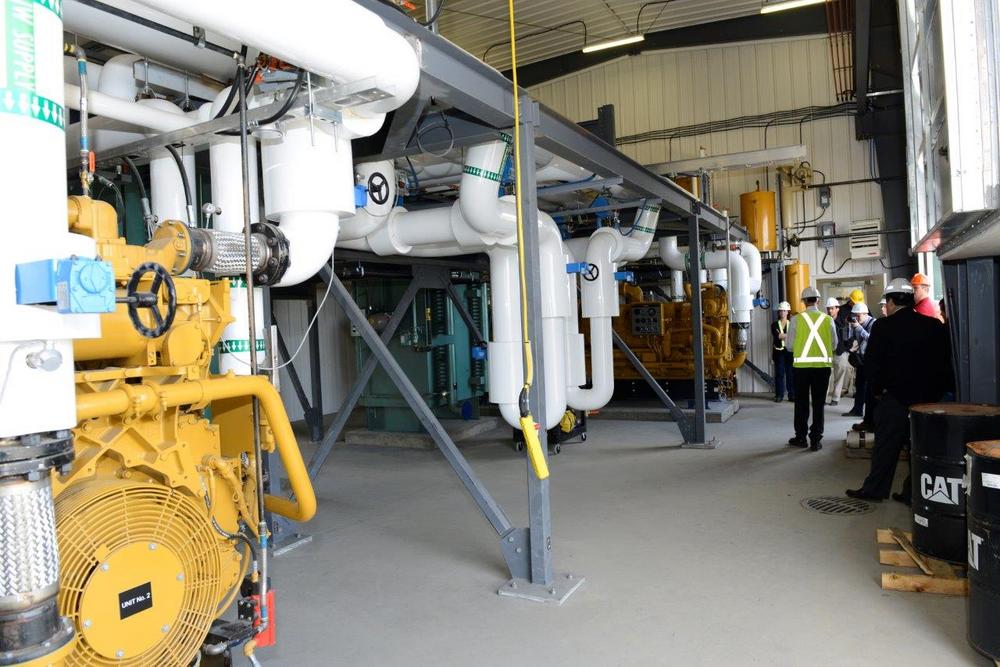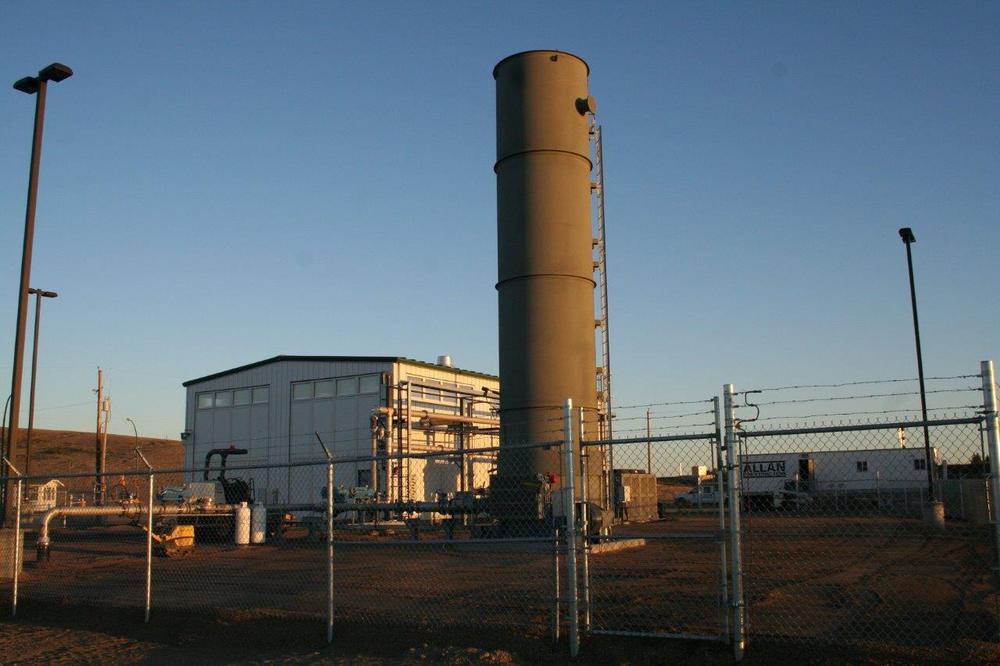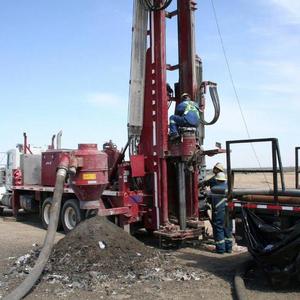Saskatoon landfill gas facility operational













City of Saskatoon
May 30, 2014
BY Anna Simet
Advertisement
Advertisement
Related Stories
The American Biogas Council announced on Oct. 23 that attendance at its annual Business of Biogas 2025 conference drew an unprecedented number of executives, investors, and industry leaders committed to advancing the biogas economy.
New Brunswick’s Belledune Generating Station is testing advanced wood pellets to lower emissions and extend its operating life.
This fall, Raleigh will become the first city in North Carolina – and one of only a few cities in the nation – to power its bus fleet with renewable natural gas (RNG) created from its own wastewater.
The call for presentation abstracts for the 19th annual International Biomass Conference & Expo is now open. The event will take place in Nashville, Tennessee, March 31 – April 2, 2026. Abstracts can be submitted through Nov. 21.
Japan-based Renova Inc. on Oct. 14 announced that its 75-megawatt (MW) Omaezakikou Biomass Power Plant resumed operations on Oct. 10. The facility was idled in June following a malfunction of auxiliary boiler equipment.





